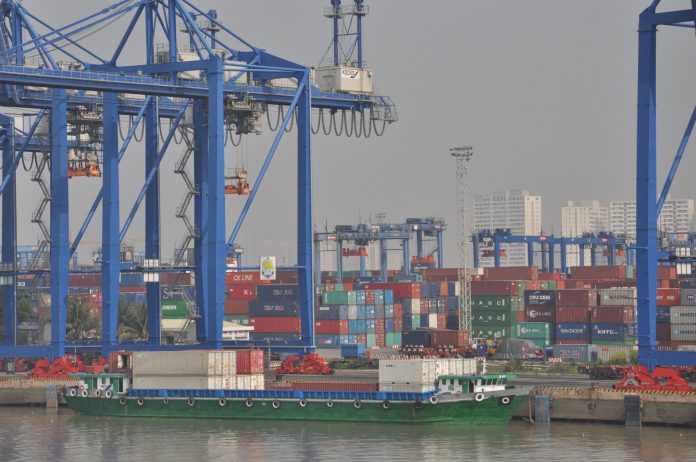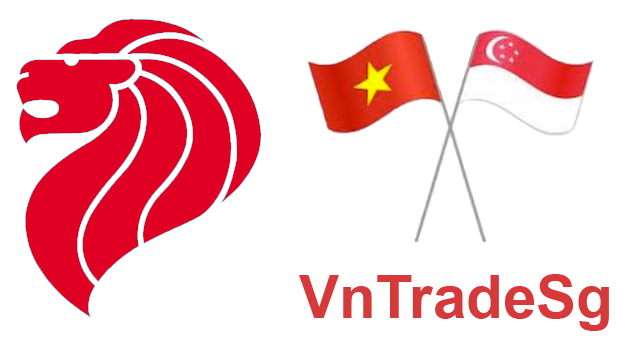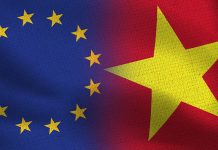Vietnam’s trade in goods with foreign markets increased 2.7 times from US$203.6 billion in 2011 to US$545.3 billion in 2020, reaching US$668.5 billion in 2021 and US$371.17 billion in the first half of 2022, up 16.4 percent from the same period last year.
Bright spots
At an online seminar themed “Sustainable development of exports upon FTA (free trade agreement) implementation” recently held by the Newspaper of Industry and Trade, Le Hoang Tai, Deputy Director of the Ministry of Industry and Trade’s Vietnam Trade Promotion Agency (VIETRADE) said that over the past two years, import and export activities around the world were greatly affected by the COVID-19 pandemic, and offline trade promotion activities were almost impossible. VIETRADE has proposed solutions and directly implemented new methods of trade promotion to help businesses take advantage of market opportunities and ease difficulties faced by importers and exporters.
The solutions include information technology (IT) application and digitalization in trade promotion; trade promotion training and consultancy for enterprises, business associations and centrally and locally governed trade promotion organizations; assistance for Vietnamese enterprises to improve competitiveness; import of materials, machinery and equipment, and technology transfer.
Vuong Duc Anh, Chief of Office of the Board of Directors of Vietnam National Textile and Garment Group (VINATEX), said that in 2020, when the COVID-19 pandemic broke out, Vietnam surpassed Bangladesh to become the world’s second largest textile and garment exporter, after China. In 2021, Vietnam exported textiles and garments worth US$40 billion, while the country’s biggest textile and garment business – VINATEX – earned a profit of VND1.5 trillion – the highest in its 26-year history. In the first half of 2022, VINATEX earned a profit of VND981 billion, three percent higher than the target, and reached export revenue of more than VND10 trillion, up almost 40 percent from the same period last year.
Phan Thi Thanh Xuan, Vice-Chairwoman, General Secretary of Vietnam Leather, Footwear and Handbags Association (LEFASO) said Vietnamese leather and footwear businesses exported products worth more than US$14 billion in the first seven months of 2022, up 13 percent from the same period last year, with growth in trade with North America and the EU reaching 24 and 17.5 percent, respectively. Leather and footwear products accounted for 10 and 18 percent of the country’s exports to CPTPP (the Comprehensive and Progressive Agreement for Trans-Pacific Partnership) and EU markets, respectively, Xuan said. The domestic leather and footwear industry has made effective use of free trade agreements (FTAs), and their implementation has helped businesses in the field overcome challenges caused by the pandemic, she said.
Problems
Economist Le Quoc Phuong said Vietnam’s export activities have grown in terms of quantity and remain modest in terms of quality. Despite achieving high export value, Vietnam’s exports have a relatively low added value, considerably lower than that of Thailand, Singapore, and Indonesia, Phuong said. Processed and manufactured industrial products, outsourced goods and raw materials make up the vast majority of the country’s exports, he added. Foreign invested enterprises remain the major driving force of Vietnam’s export achievements, and domestic businesses still import much more than they export, Phuong said. Meanwhile, the world economy is still facing rising inflation and sharp increases in raw material prices, and meeting regulations of countries with which Vietnam is an FTA signatory is also a challenge for Vietnamese enterprises, he said.
Vuong Duc Anh, Chief of Office of the Board of Directors of VINATEX said 2025-2030 strategies for textile, garment and leather and footwear industries need to be developed in accordance with the government’s orientation in order to maintain the sectors’ export sustainability.
Phan Thi Thanh Xuan, Vice-Chairwoman, General Secretary of LEFASO said leather and footwear businesses need to focus on solving the problems of raw materials and labor resources, and diversify supply sources and export markets.
VIETRADE Deputy Director Le Hoang Tai said training in foreign languages, negotiation and trade promotion must be provided for human resources in both the production and trade sectors. Workers need to be capable of learning about and understanding modern consumption trends, and updated on information technology in order to efficiently and professionally implement trade promotion, he added.
VEN















